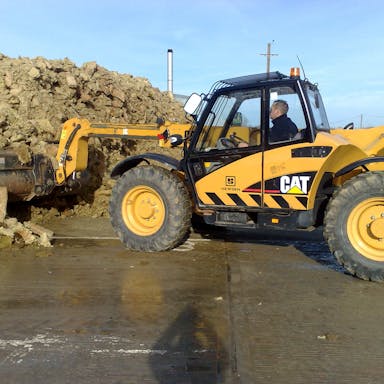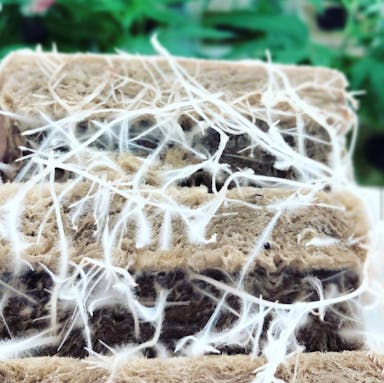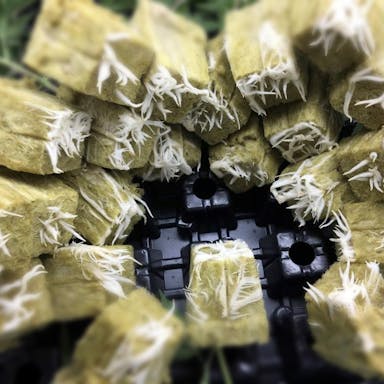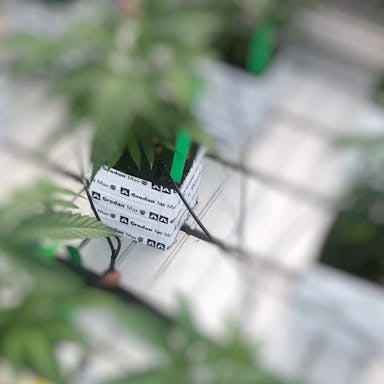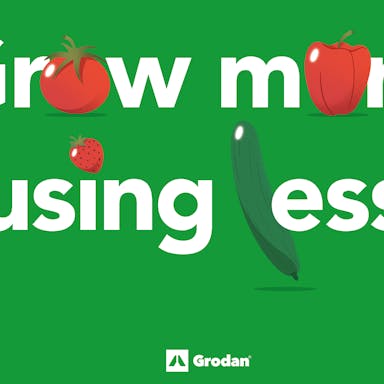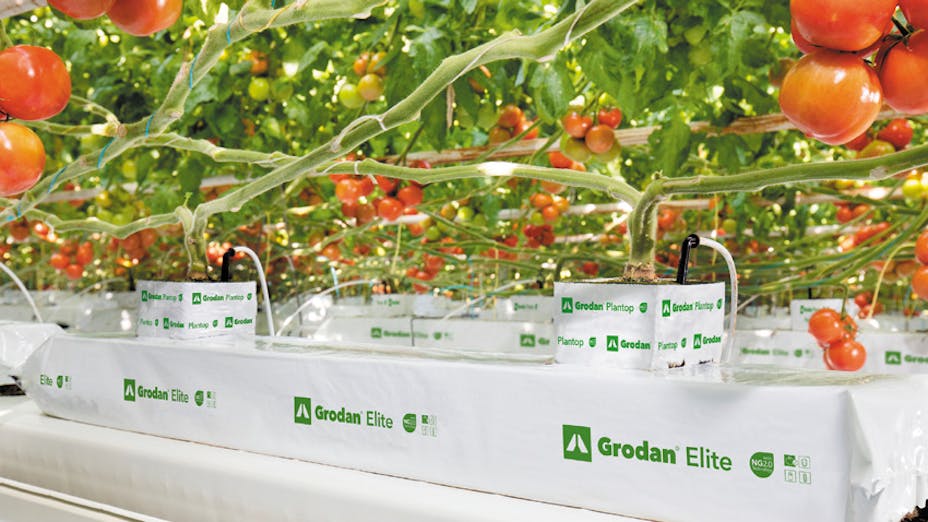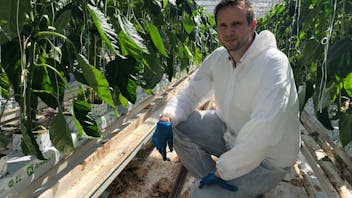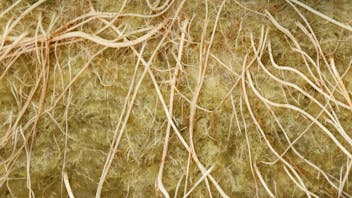Care for water
For any irrigation system to operate efficiently, purity of the nutrient solution must be ensured, regardless of the drippers provided. Such a nutrient solution is free of biological impurities, with the total iron content below 0.5 mg/l and the required mechanical filtration rate 120 mesh (130 microns). There are no precision drippers on the market for dirty water. In addition to this, the required pressure must be ensured for specified flows of the nutrient solution.
Types of drippers
The basic characteristic of a dripper is its type. Drippers include standard and compensating ones. The output of the former depends on the pressure: the higher the pressure, the higher the output. The output of the latter is constant in a specified pressure range. For most greenhouse applications, compensating drippers are used.
The second very important feature of drippers is the output (from the dripper), which is usually indicated in litres per hour, e.g. 2 l/ha, which corresponds to 33 millilitres per minute. An irrigation dose of 100 ml per plant is fed by dripping it for 3 minutes.
Using 3 l/h drippers, it takes 2 minutes to feed a 100 ml dose. Hereafter, only the properties of compensating drippers will be described, as these are designed for greenhouse applications.
A symbol carries specific information
Drippers are identified by many symbols. It is worth knowing what they mean.
Q – dripper output in the range of 1 to 4 or more liters per hour. The output of drippers most commonly used in greenhouse facilities is 2 l/h or 3 l/h. The dripper output, in addition to being written on the housing, is also often colour-coded for easy identification.
PC – Pressure compensating. With a special diaphragm, the dripper acts as a flow regulator and has a constant output, irrespective of the pressure within a specific range (usually between 0.5 and 4.0 bars). A drop in the pressure along the dripper line does not result in a change in the output.
CNL – Compensating Non-leakage refers to an antidrain mechanism that causes the dripper to remain closed while at rest, but opens when the opening pressure is exceeded and closes when work is completed. The mechanism speeds up the filling of the system with liquid after being activated and prevents it from dripping when irrigation is completed.
ND – Non drain also refers to anti-drain and is another designation for the mechanism described above.
Pressure range is the operating pressure range suitable for a particular dripper model. In this pressure range, drippers maintain their nominal output.
Closing pressure indicates the closing pressure, i.e. a pressure at which the dripper stops dripping and closes. The nutrient solution does not drip out of the installation and the installation remains filled. The closing pressure varies from one dripper to another (see the table for details). If the installation is at different levels, drippers with a higher closing pressure are recommended.
Self-flushing, denotes a mechanism that flushes out accumulated impurities by means of overflow while starting or stopping irrigation. The table summarizes the technical parameters of compensation drippers by various manufacturers on the Polish market.
| Manufacturer
| Dripper model
| Output l/h
| Operating pressure range bar
| Closing pressure bar
|
| Metzer
| Gali PC
Gali PCND
| 1,0/2,0/4,0
1,0/2,0/4,0
| 0,5 – 4,0
0,5 – 4,0
| x
0,2
|
| NaanDanJain
| Click Tif PC CNL
Click Tif HD PC CNL
| 1,3/2,0/3,0/4,0
1,3/2,0/3,0/4,0
| 0,5 – 4,0
1,0 – 4,0
| 0,2
0,3
|
| Netafim
| PCJunior
PCJ LCNL
PCJ HCNL
| 1,2/2,0/3,0
1,2/2,0/3,0
1,2/2,0/3,0
| 0,5 – 4,0
0,7 – 4,0
1,5 – 4,0
| X
0,12
0,18
|
| Rivulis
| Supertif PC
Supertif PCND
Supertif PCND-H
| 2,2/3,85
1,1/2,2/3,85
1,6/3,1
| 0,6 – 3,5
0,7 – 3,5
1,2 – 3,5
| X
0,15
0,35
|
| Toro
| NGE T-DPCT
| 2,0/4,0
| 0,6 – 4,0
| 0.14
|
Where precision counts
basic feature determining the quality of a dripping installation is its precision. For this reason, in order to build an installation, components should be selected in such a way as to ensure the highest possible precision. The table illustrates a wide variety of drippers. It is not enough to select drippers only according to the liquid output. Drippers with the same output may drip liquid differently due to other technical features. One principle follows from that: use exactly the same dripper model within one installation, and above all within one section. Only then can a high drip accuracy and a precision installation be ensured.
To extend an installation, replace or add drippers to an existing installation, it is necessary to use exactly the same model of a dripper or, if not available, to use a dripper with similar parameters in terms of: flow rate, opening pressure and closing pressure.
Then, the precision of the installation may be maintained. In addition, attention should be paid to the operation of the system with compensating drippers at pressures below the minimum. The drippers are then in a selfflushing state and the output varies widely. This situation occurs, for example, when overly contaminated filters throttle the fluid flow and the pressure drops below the minimum. The pressure in the dripping system measured at the end of the last line with drippers should be at least 0.5 bar higher than the minimum.
More factors need to be considered when a drip system is being constructed, ones that are impossible to discuss herein. Therefore, to design a new installation, it is advisable to take advantage of the knowledge and experience of specialists in the field so as to avoid any issues.

